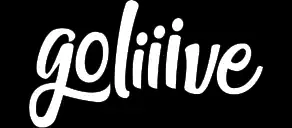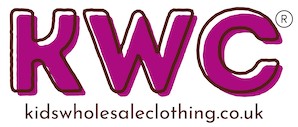Engaging Content Creation
With your strategy in place, focus on creating content that captures attention. Content is what keeps your audience engaged and interested.
Developing Compelling Narratives
Stories are powerful. They make your event memorable and relatable. When crafting your narrative, consider what message you want to convey. Is it about innovation, community, or inspiration?
Share stories that connect emotionally with your audience. Use anecdotes or testimonials to illustrate your points. A well-told story not only informs but also engages. It keeps your audience hooked, eager to learn more about what you offer.
Leveraging Multimedia Tools
Multimedia tools enhance your content, making it more engaging. Videos, slideshows, and live demonstrations add variety and appeal. They cater to different learning styles and keep your audience's attention.
Start with short videos or infographics to highlight key points. Incorporate live polls or interactive Q&A sessions. These tools not only inform but also involve your audience, making them feel part of the event. The right mix of multimedia can transform a dull presentation into an exciting experience.
Promoting Your Event Effectively
Promotion is key to reaching your audience and filling those seats. Let’s explore strategies to spread your message far and wide.
Utilising Social Media Channels
Social media is a powerful promotional tool. It's where people connect and share. Use platforms like Facebook, Instagram, and Twitter to reach your audience. Create engaging posts that entice interest and encourage sharing.
Start with a countdown to build excitement. Use eye-catching images and videos to grab attention. Encourage attendees to share their experiences and tag your event. Social media not only spreads your message but also creates buzz and anticipation.
Engaging Influencers and Partners
Influencers and partners can amplify your reach. They bring credibility and a ready-made audience to your event. Choose those whose values align with yours and who have a following that matches your target audience.
Collaborate with them to create content that highlights your event. This could be blog posts, podcasts, or live streams. When influencers share their enthusiasm, it piques interest among their followers. Partnerships expand your reach and lend authority to your event.
Measuring Success and Gathering Feedback
After the event, it’s time to assess how well you did. Understanding your success helps refine future strategies.
Analysing Key Performance Indicators
Look at key performance indicators (KPIs) to measure success. These might include attendance numbers, social media engagement, or sales leads generated. KPIs provide concrete data about your event’s impact.
Review these metrics against your original objectives. Did you hit your targets? Understanding where you succeeded or fell short informs future planning. It’s the data that helps you improve and adapt.
Gathering and Implementing Feedback
Feedback is invaluable for improvement. Gather opinions from attendees, staff, and even sponsors. Use surveys or direct conversations to collect insights. Knowing what worked and what didn’t is crucial for growth.
Implement changes based on feedback. If attendees loved a particular session, consider expanding on it next time. If something didn’t go as planned, find out why and fix it. Feedback is your roadmap to better events in the future.
By following these steps, you'll craft a live event marketing strategy that not only fills the room but leaves a lasting impression. Remember, the key to success is preparation and adaptability. Now, you're ready to create events that people won't just attend, but talk about long after they're over.























